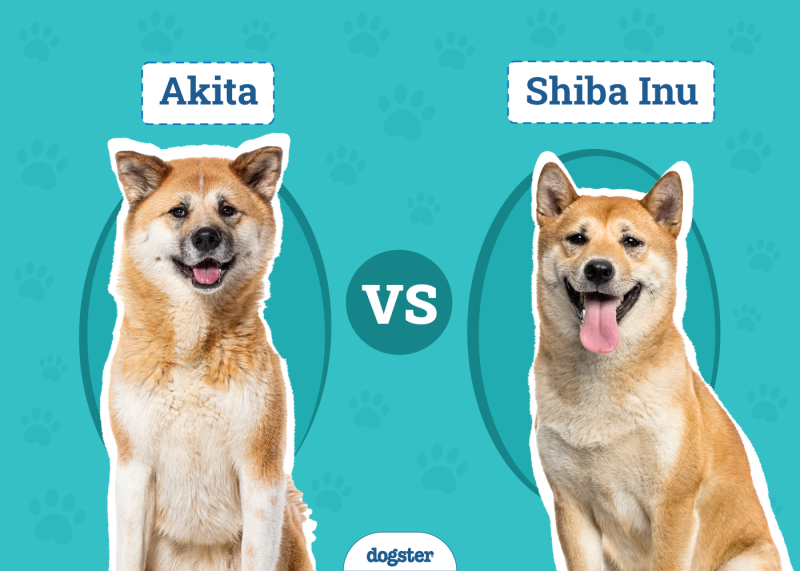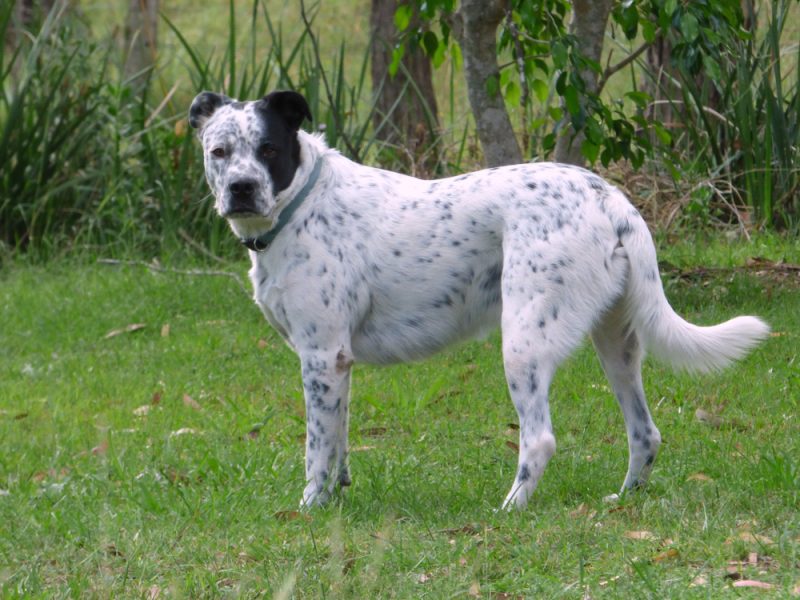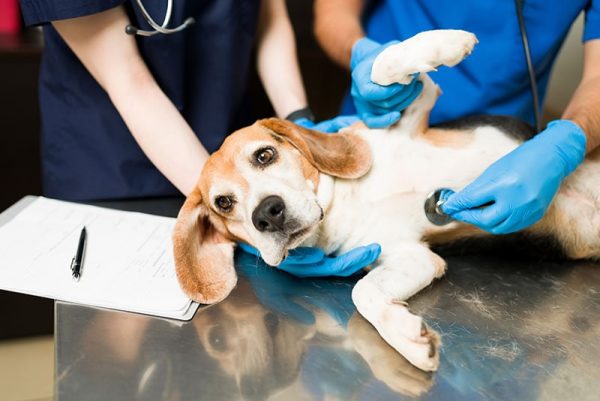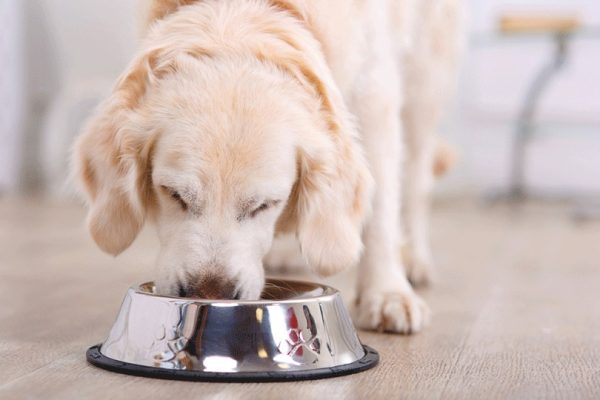“Unspayed” refers to a female dog who has their reproductive system present and intact. Surgical sterilization of a female dog refers to the removal of the ovaries and the uterus (ovariohysterectomy) or just the ovaries (ovariectomy). This surgery is commonly referred to as spaying or neutering. Whether or not to spay your bitch is one of the most important considerations every pet parent of a female dog must consider. While it is a major surgery, it is also a routine operation and is performed, often daily, by veterinary hospitals.
Most bitches recover within 1–2 weeks of the surgery, but the timing of this procedure should be discussed with your veterinarian. The age, health, and breed of your bitch will impact the decision of when it is best to spay her, if at all 1.
Unless you plan to breed them, then the benefits of neutering your dog far outweigh not doing so, in almost all breeds (Golden Retrievers are the main exception to this rule). Leaving your female dog intact places them at significant risk of a multitude of medical and behavioral issues, and below is a list of the most common problems that can occur in unspayed female dogs.
In Golden Retrievers, the increased incidence of cancers in spayed females has led research to suggest leaving them intact.

The 10 Problems with Unspayed Female Dogs
Intact or unspayed females are placed at a higher risk of developing one or more of the listed issues below, which can cause them significant illness, discomfort, and stress. These problems can occur at any age, but as they grow older, unfortunately, they are more prone to these problems rearing their ugly heads. Some conditions are more severe than others, but all can occur at any given point.
This isn’t an exhaustive list, and any concerns about your dog or further queries on this topic should be discussed with your vet who can offer you personalized advice and care.
If you need to speak with a vet but can't get to one, head over to PangoVet. It's our online service where you can talk to a vet online and get the advice you need for your dog — all at an affordable price!
1. Unwanted Pregnancies
An unwanted pregnancy places stress on your dog, and you as their owner. Looking after a pregnant dog and her puppies requires a lot of time, attention, and money. Rehoming of the puppies to appropriate homes can be challenging and will be time-consuming. Plus, there will be extra veterinary costs to consider. Keeping an entire female dog away from intact males during her heat cycles will prevent pregnancies from occurring.
However, if you don’t intend to breed your dog, it is far safer to prevent uncontrolled breeding, unwanted pregnancies, and unwanted puppies by having your dog spayed at an appropriate time for her breed.

2. Pyometra
Pyometra is an infection of the uterus (womb). Any unspayed female is at risk of this disease but it is more common in older bitches. It is a serious and painful infection and makes your dog very sick. It can often be fatal if veterinary attention (and surgery) is not provided. A pyometra usually requires immediate intravenous fluids and medications followed by emergency surgery.
The main signs of a pyometra (although these aren’t always seen) are vaginal discharge, increased thirst, vomiting, and lethargy. Your dog may be constantly licking at her vulva (external genitalia of a female dog) and this is often what owners notice. Should your dog become unwell between their seasons you must seek veterinarian help immediately to either rule out a pyometra or for treatment to begin.
3. Mammary Tumors
Unspayed females are at a higher risk of developing mammary tumors, and these may be benign or unfortunately cancerous. Spaying them before their first heat significantly reduces the risk of mammary cancer. Spaying them before their first or second heat cycle also reduces the risk but in reducing amounts. If you spay your dog after her second heat cycle, her risk of developing mammary tumors is the same as an intact dog.

4. Behavioral Changes
During their heat cycles, some unspayed females exhibit behavioral changes, such as restlessness, roaming, anxiety, agitation, moodiness, and aggression. This can be stressful for both of you. Spaying them removes this issue, making life more pleasant and calmer all around.
5. Heat Cycles
You can avoid the inconvenience of heat cycles by spaying your dog while they are still young. While your dog is in season, it can be messy and inconvenient. She will bleed for 2-3 weeks and may attract unwanted attention from other dogs during this time. You may have to alter your walking or exercise regime to avoid male interaction and keep them on a leash to prevent them from running off, or in a secure yard to stop roaming tendencies.

6. Attracting Unwanted Attention
Unspayed females in heat emit certain pheromones that attract intact males (and some females), and they can sense these from quite a distance too. This can lead to unwanted attention and even attempts at mating. Your bitch will only allow mating at a specific point in her cycle, but again, it can become a disruption to them and to your lifestyle.
7. Territorial Marking
Your dog may engage in territorial marking behaviors, most commonly urine marking. This behavior is mostly seen in entire male dogs but can be seen in both neutered and neutered males and females. Spaying can help reduce this unwanted behavior, but sometimes it has no effect.

8. Increased Risk of Some Cancers and Diseases
Unspayed females of most breeds are at a higher risk of certain reproductive-related diseases and problems. Examples include ovarian, uterine, and mammary cancers, as well as uterine infections and ovarian cysts. Other cancers and joint disorders have also been linked to neutering a dog too early in her life, so discussing the best timing of spaying your bitch with your vet is essential.
9. Population Control
Unspayed females can contribute to overpopulation and increase the number of stray dogs and those in shelters needing homes, thus placing excess and unnecessary pressure on an already saturated system and community.

10. Legalities
Be aware of your local laws to ensure you are not breaking the law with your dog. In some areas, such as Los Angeles, for example, it has been law for a number of years that female dogs and cats over 4 months old must be spayed, with only some exceptions.

Conclusion
Discussing spaying your female dog with your veterinarian is vital to reaching the best decision for all concerned. It’s important to consult with your veterinarian to determine the best time for spaying based on your dog’s breed, size, and overall health. Early spaying, before the first heat cycle, is often recommended to maximize the health benefits, but as always, the individual needs and circumstances of your dog when making this decision need to be considered.
If you are not going to spay your female dog, then regular checks on their health need to be carried out by you and your vet to ensure you are catching any problems early on.
Featured Image Credit: Jan-Dix, Shutterstock



















